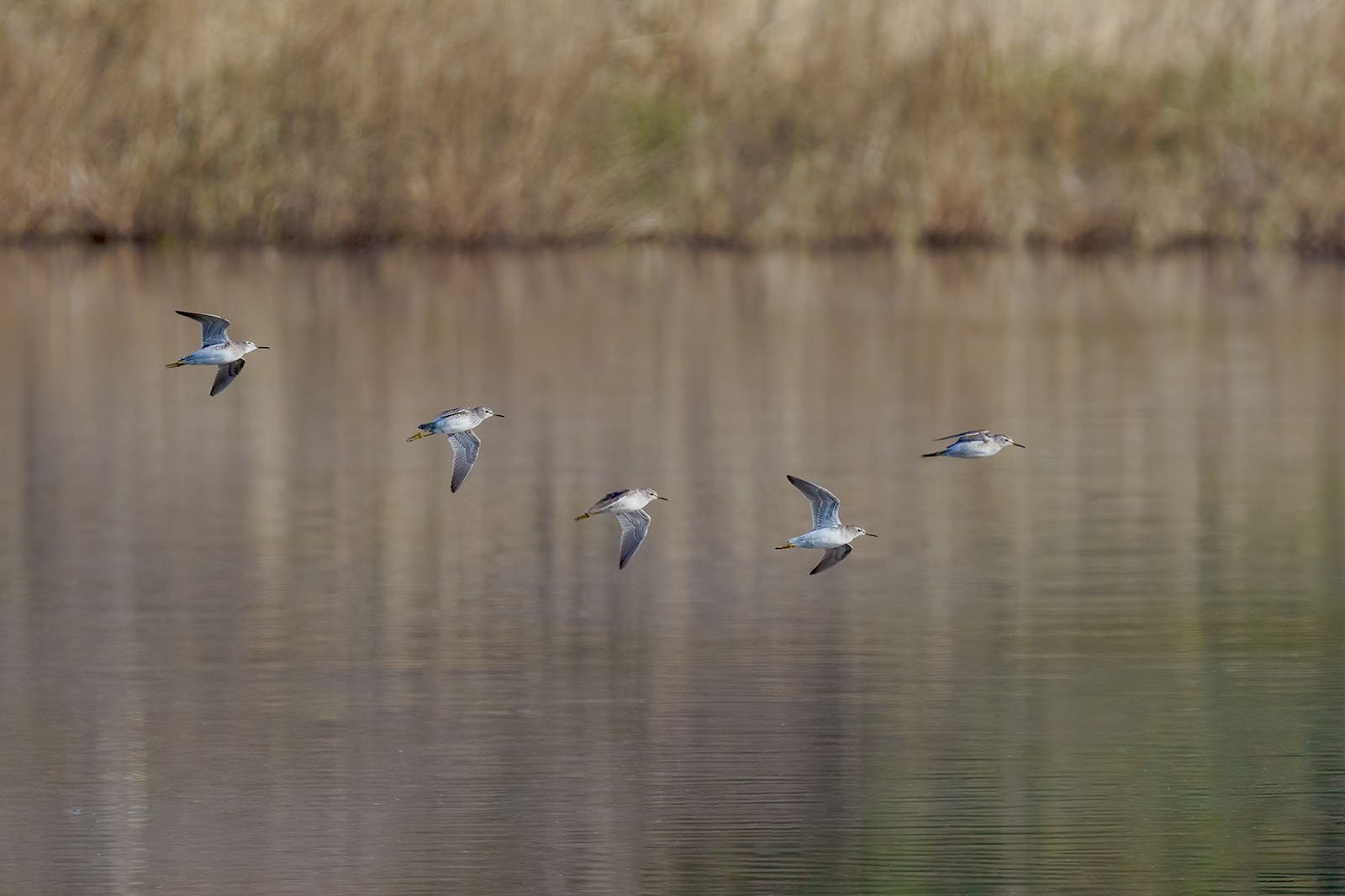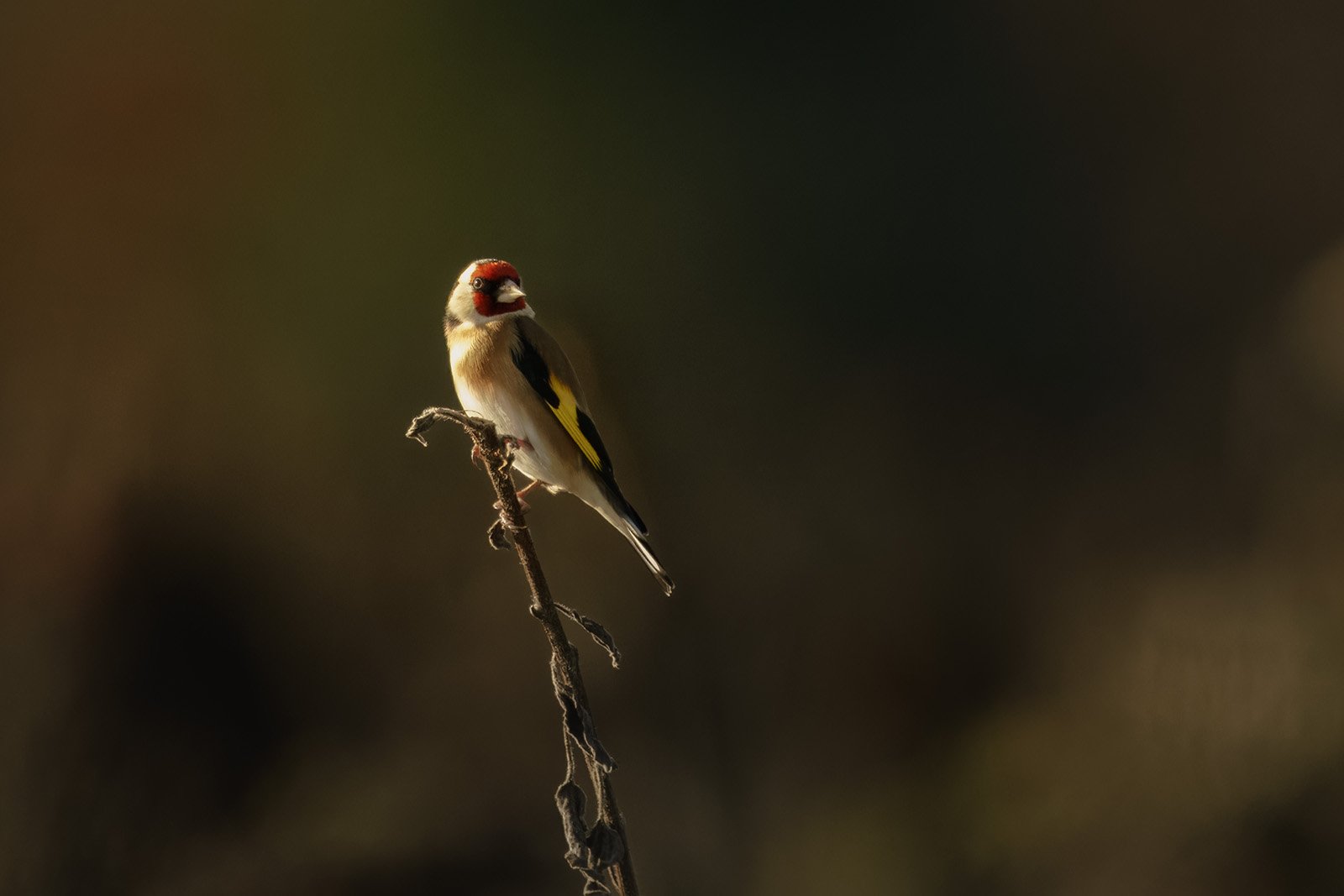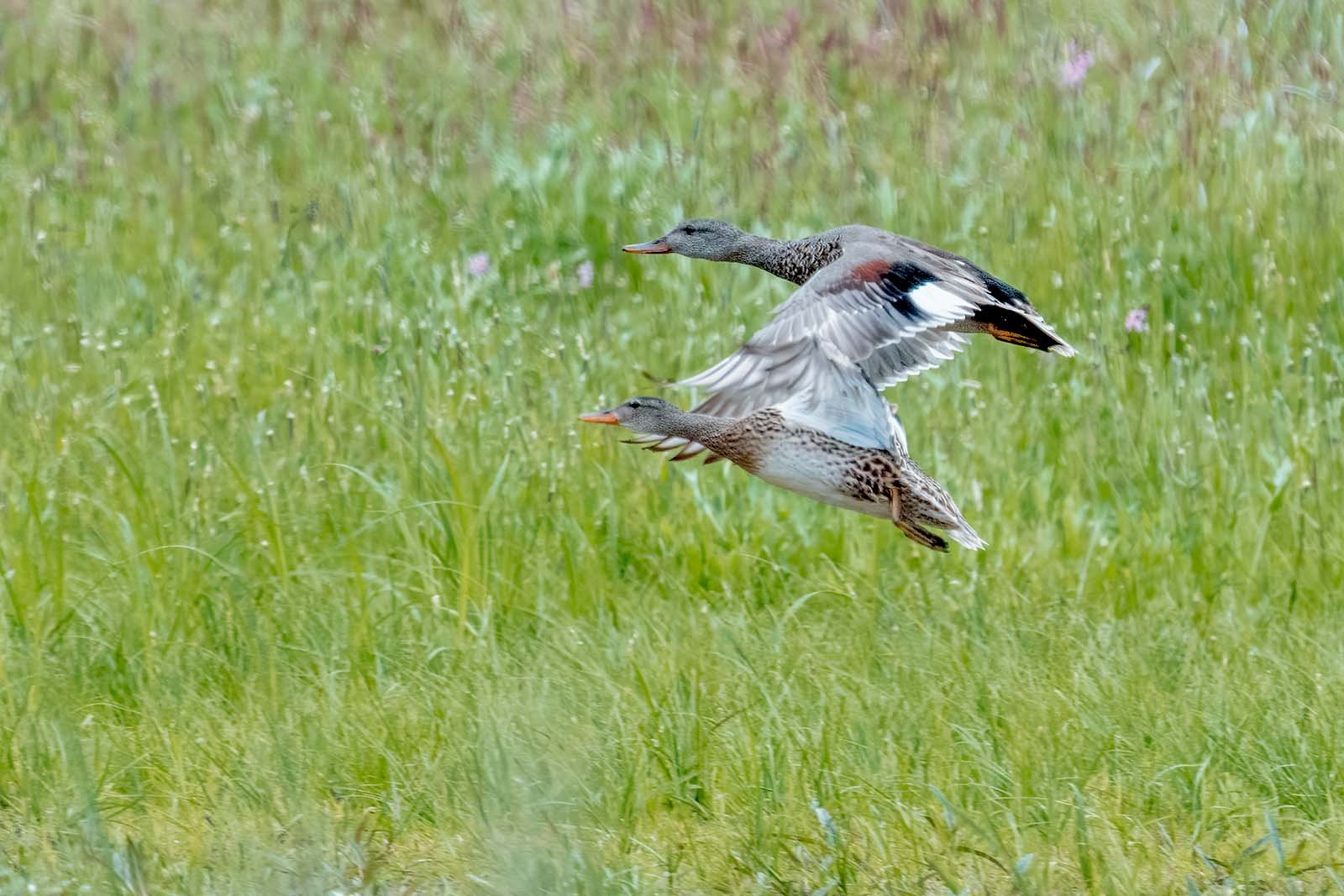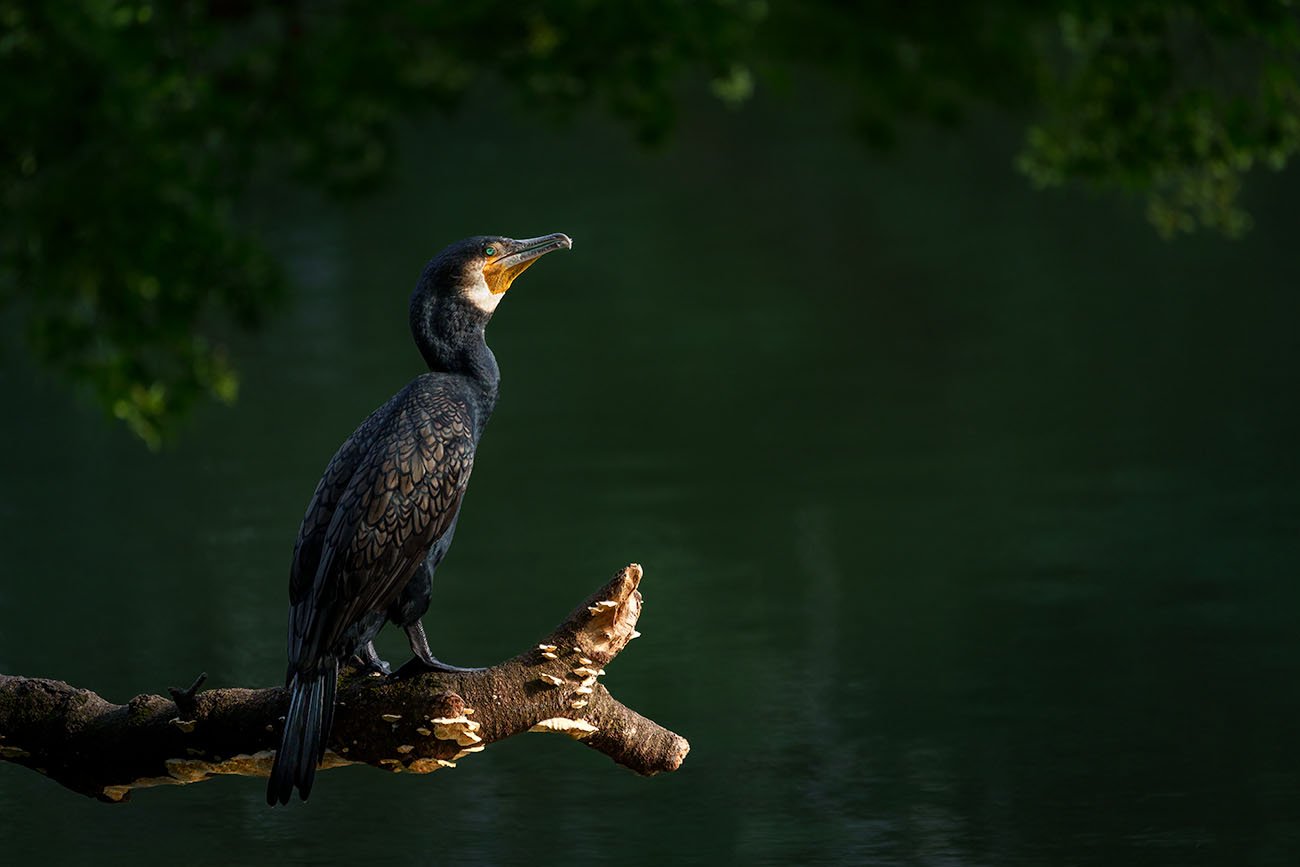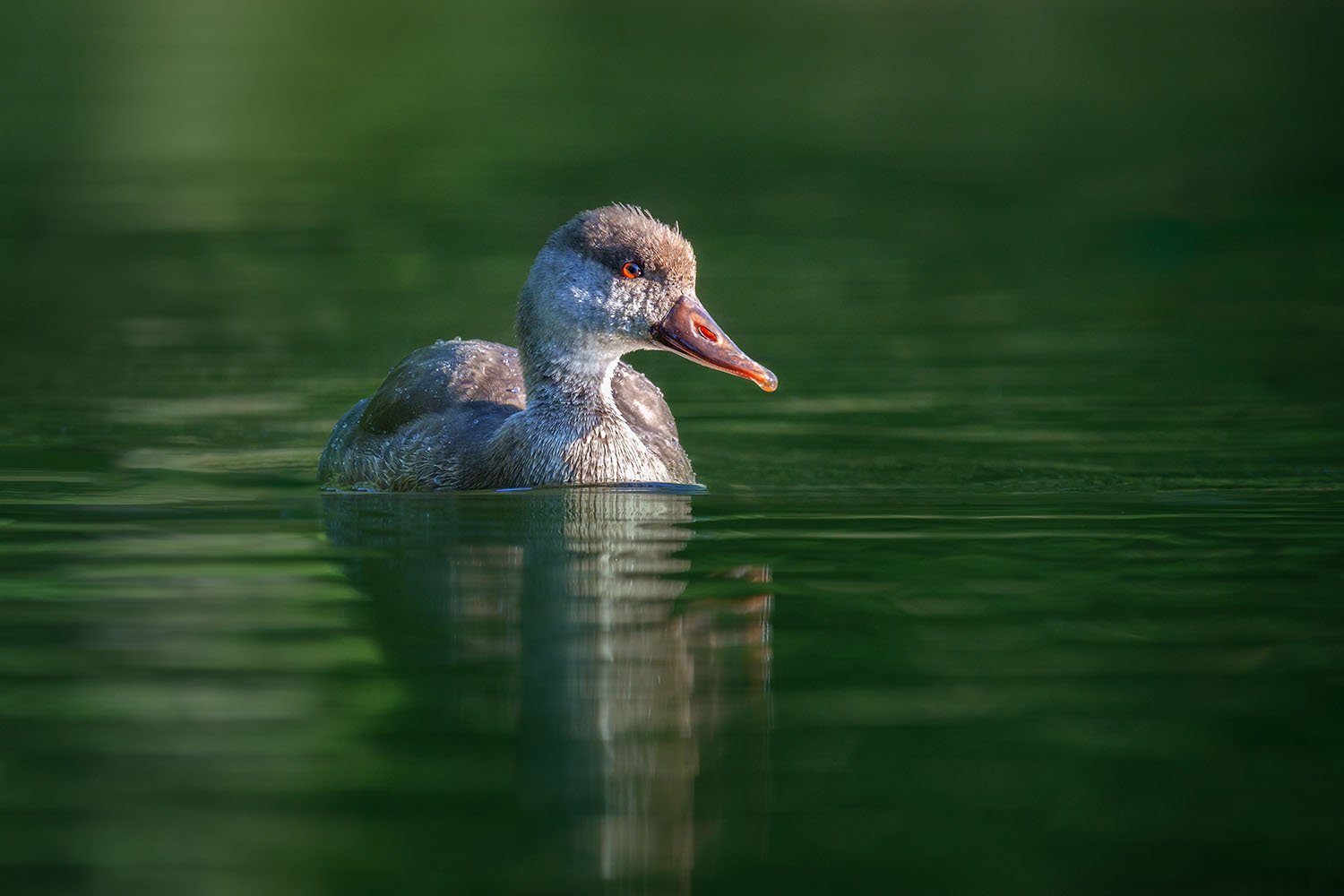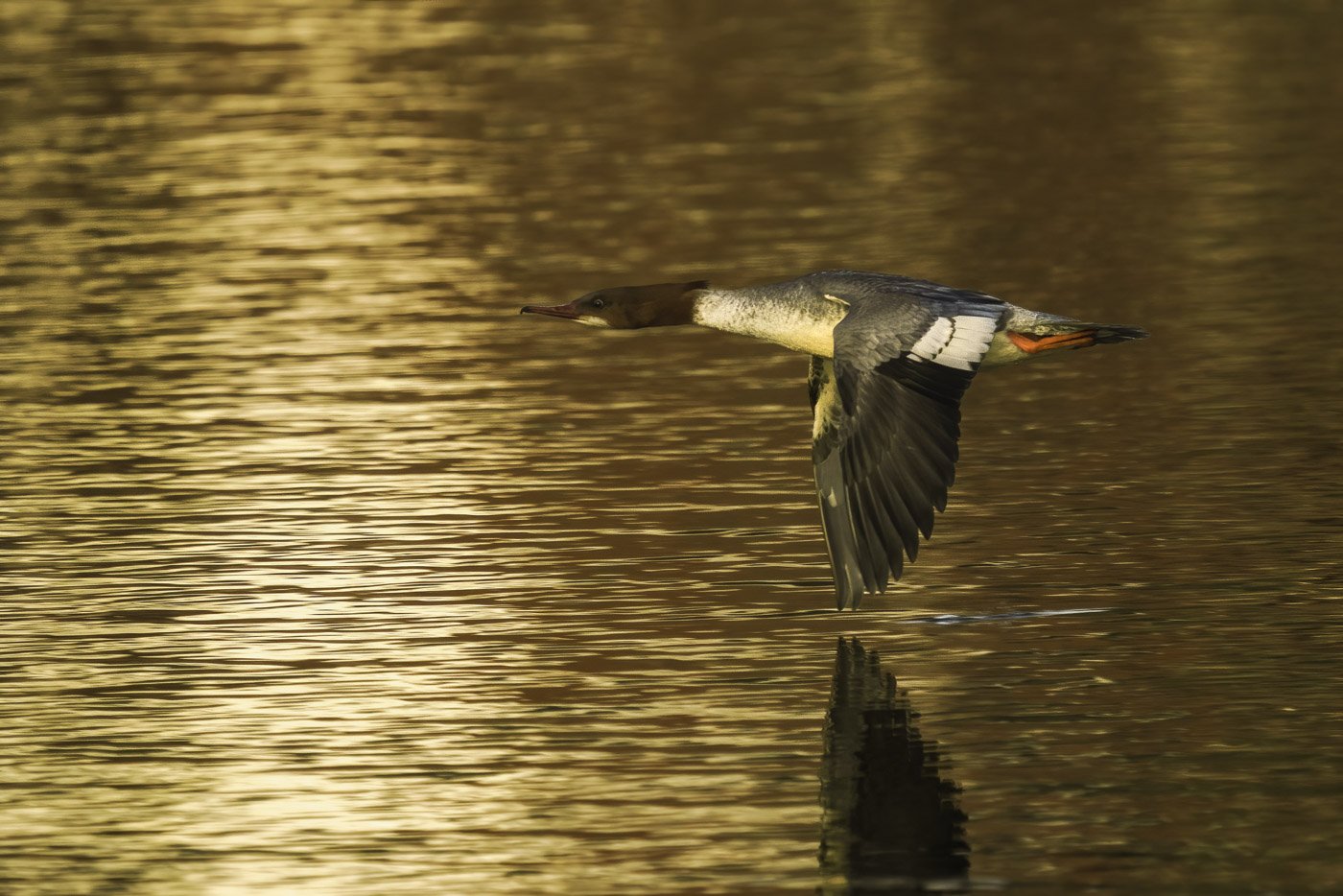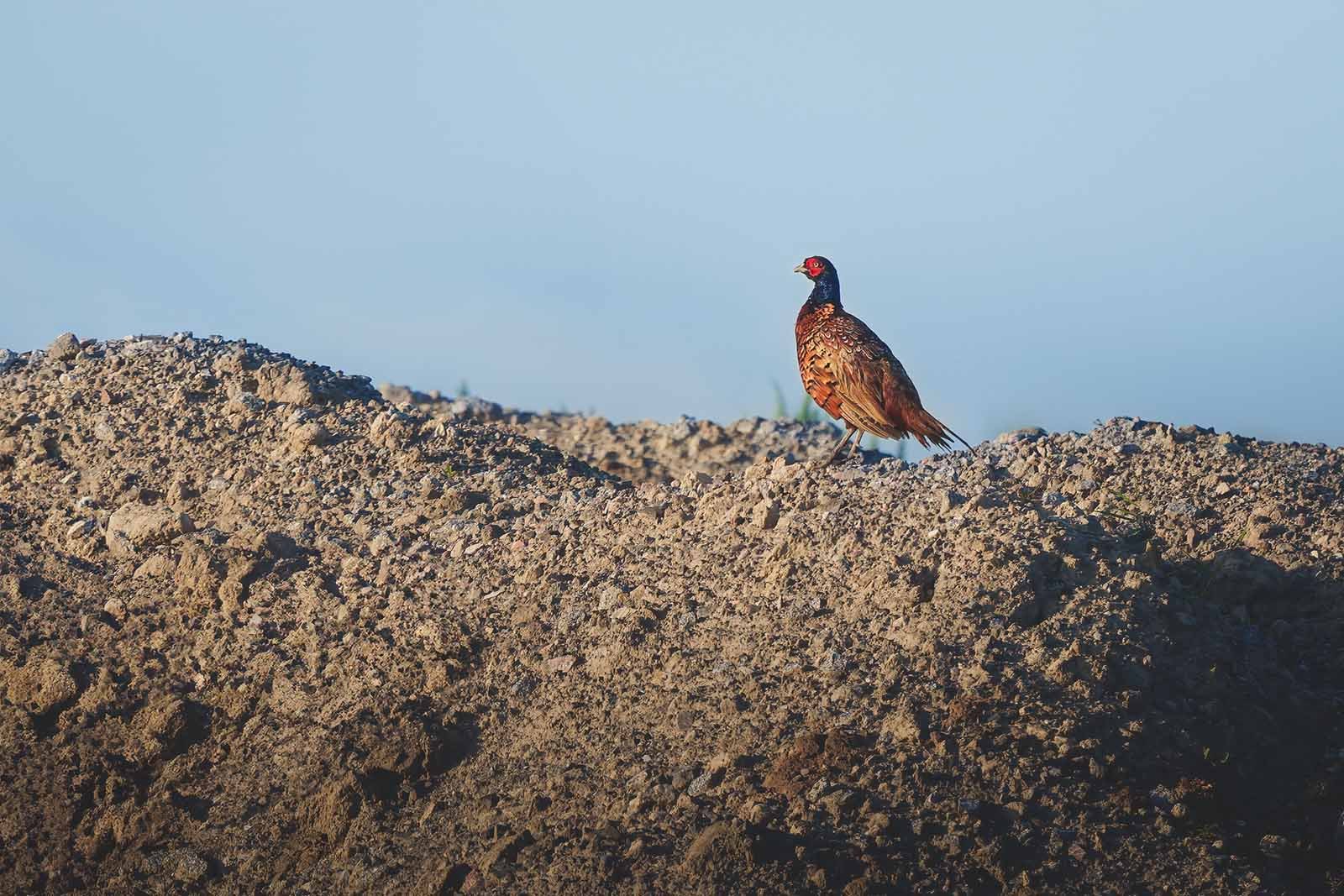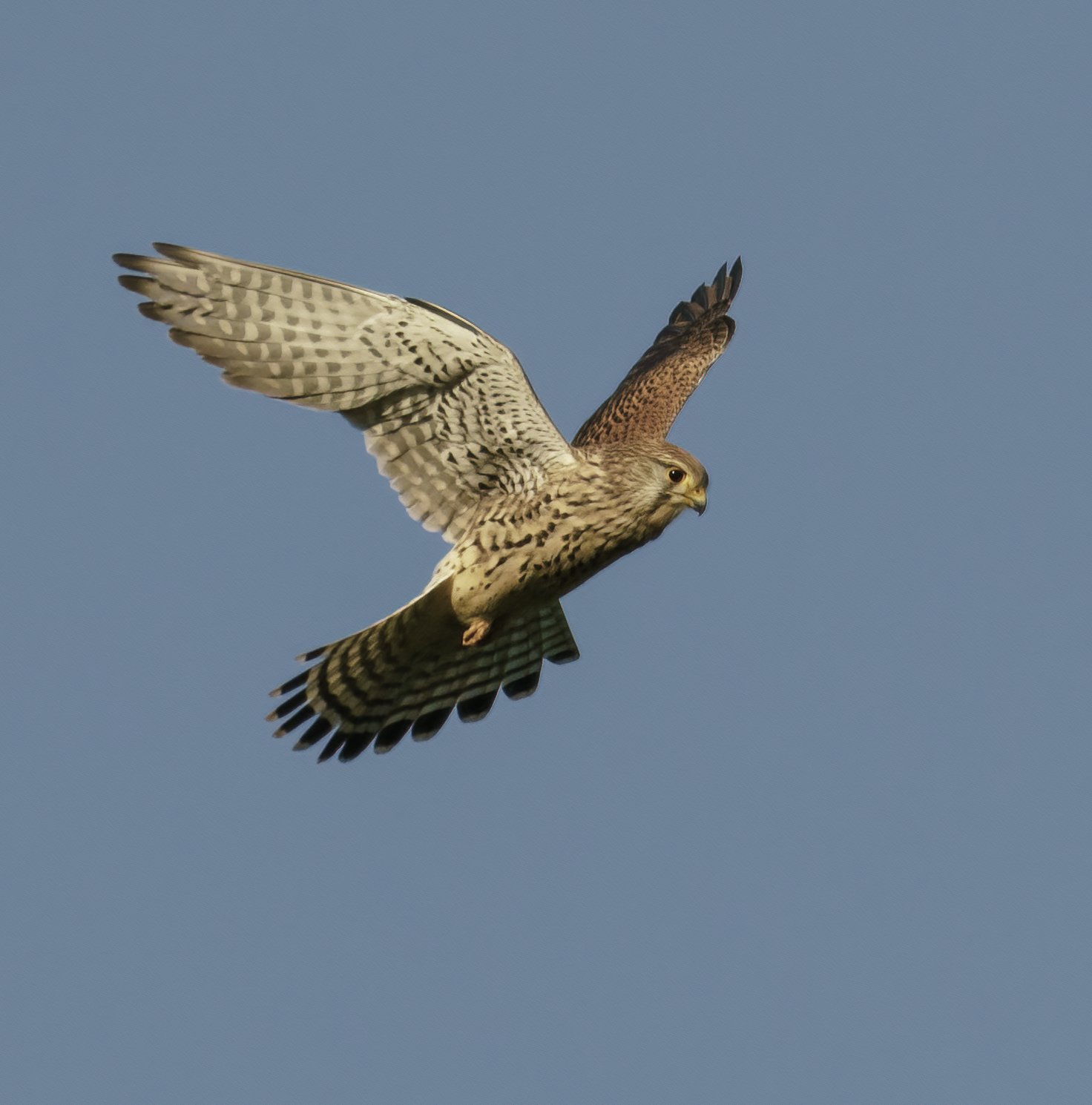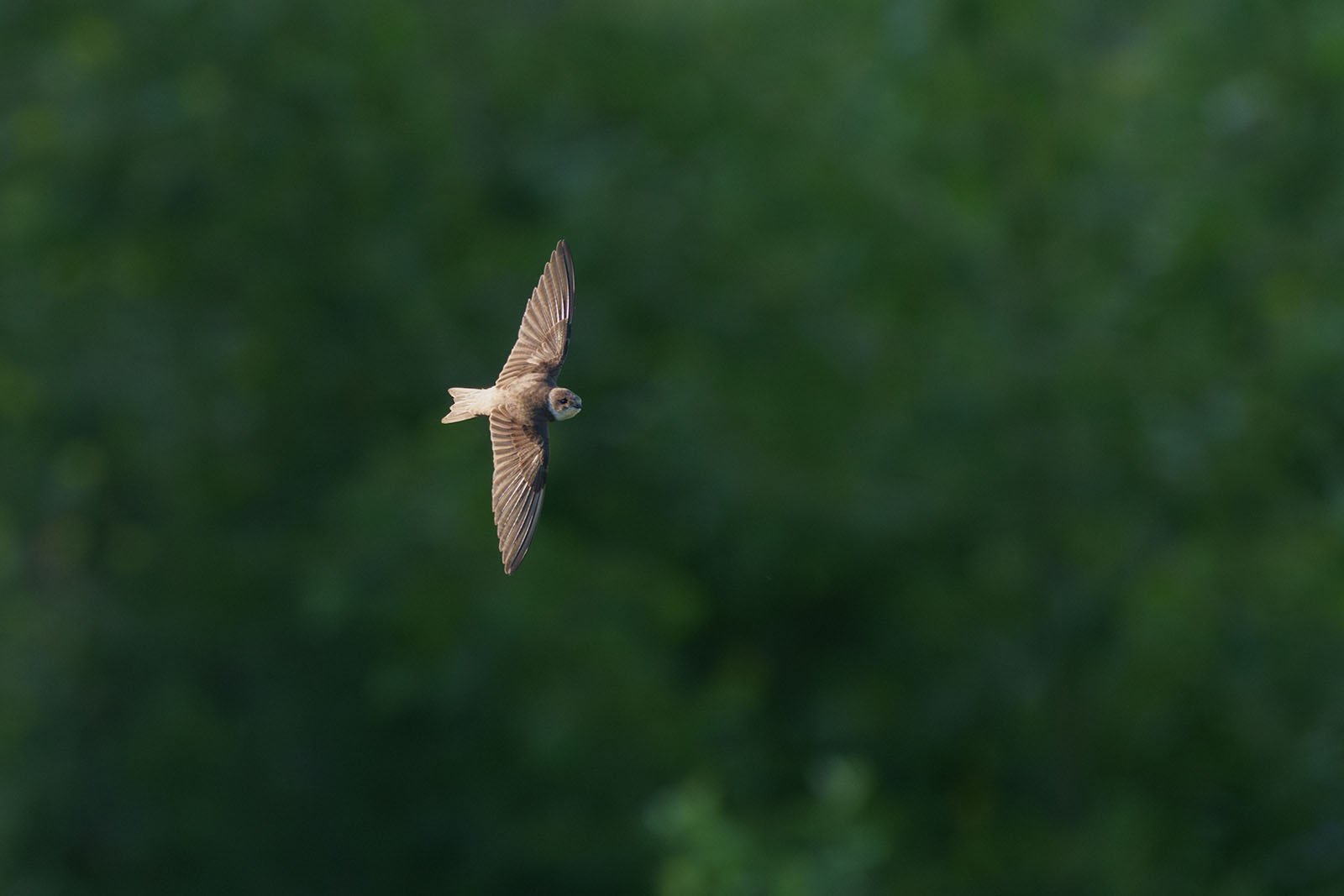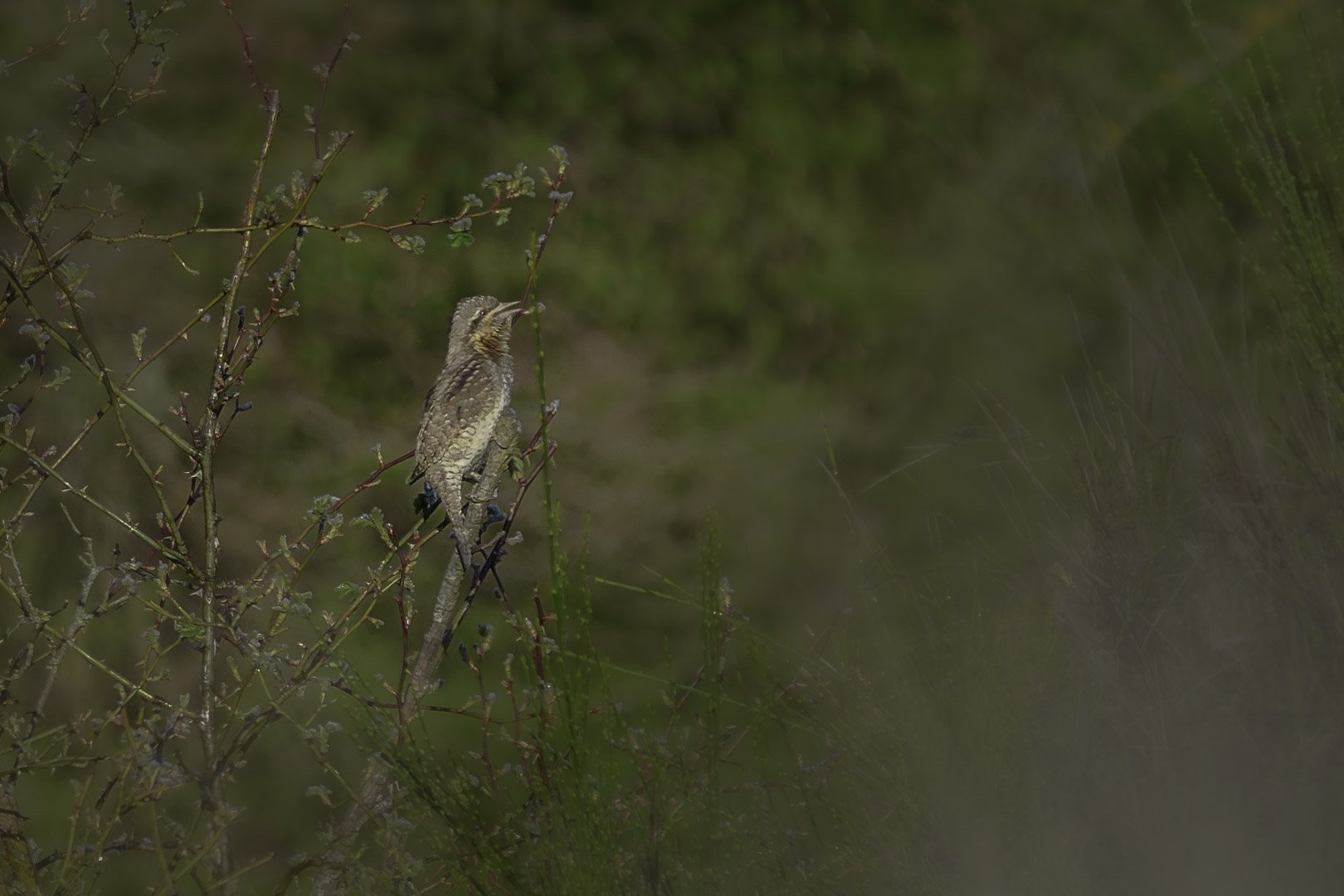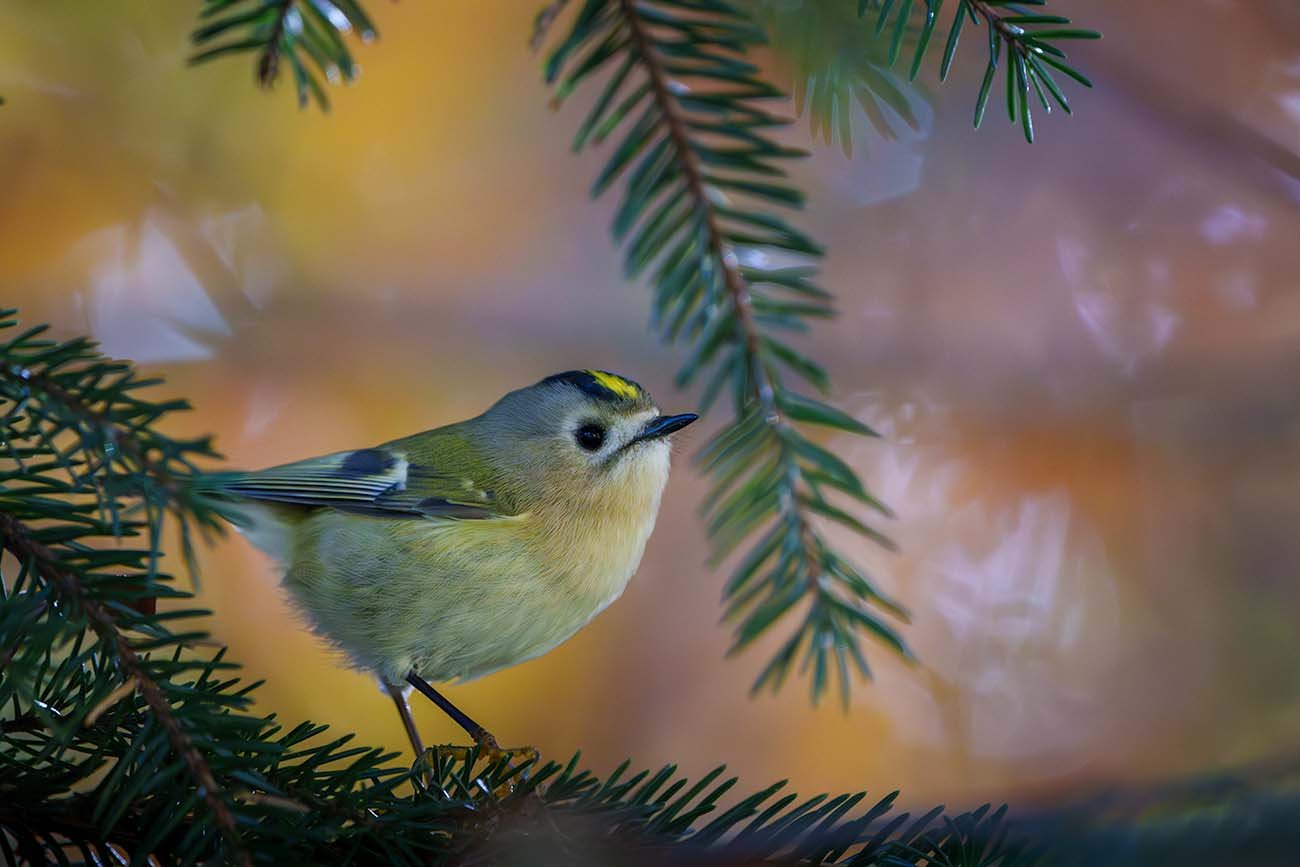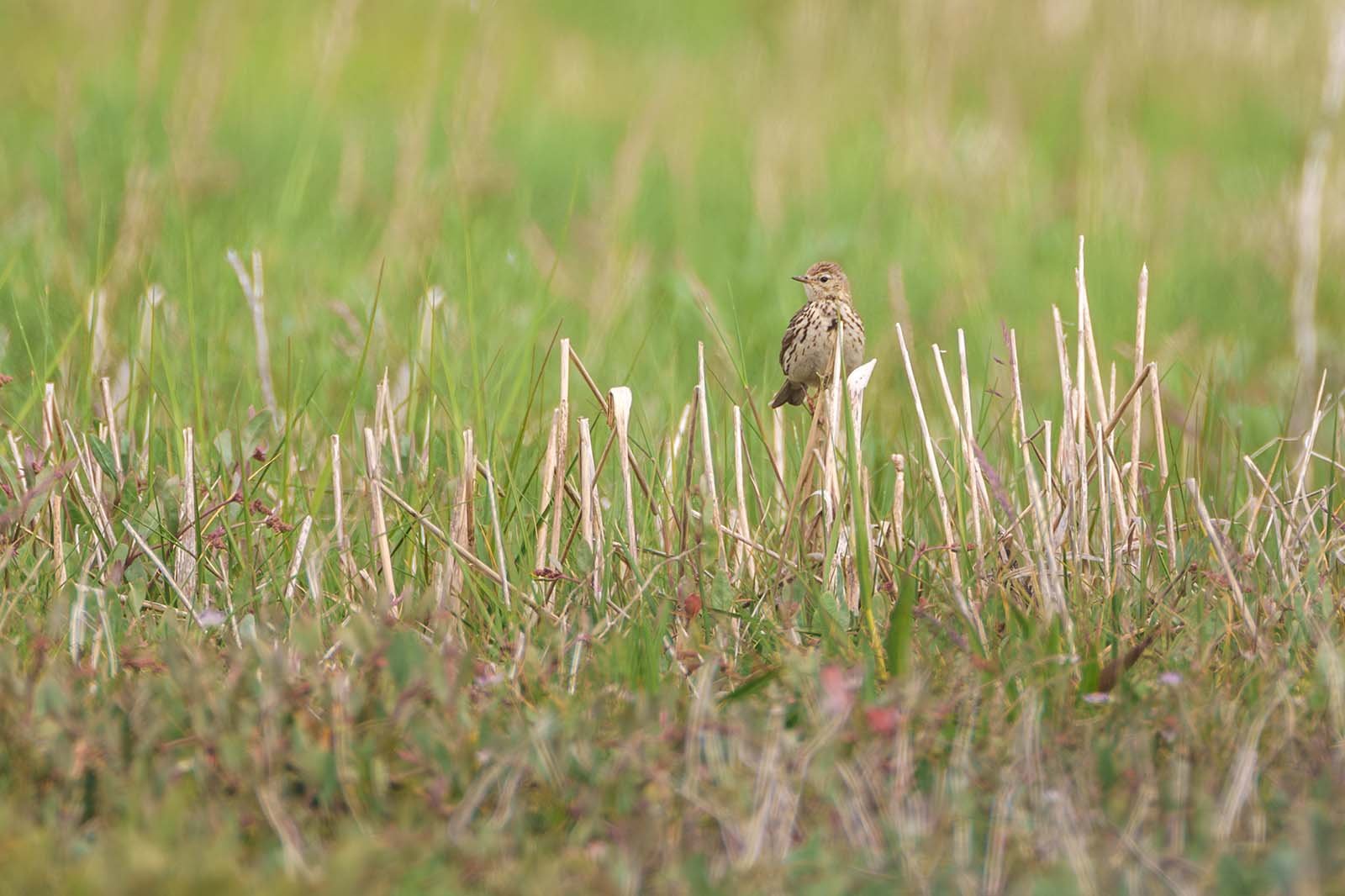Chinese spot-billed duck (Anas zonorhyncha)
Chinese spot-billed duck (Anas zonorhyncha) - This photo was taken in Japan, Tokyo
Key data
Size: 58 - 63 cm
Weight: 750 - 1340 g
Diet: Plants, aquatic plants, seeds, insects, and snails
Season: Migratory bird
Observation tip: Southern Siberia, Mongolia, China, Korea, and Japan
Photography tips:
Lens: 200 mm or greater
Difficulty level: easy
The Chinese Spot-Billed Duck, also known as Eastern Spot-Billed Duck or Spot-Billed Duck (Anas zonorhyncha), is a bird species from the family of ducks. It is native to large parts of East Asia, from southern Siberia and Mongolia to China, Korea, and Japan. It has a robust, medium-sized body and reaches a length of about 58 to 63 cm. The weight varies depending on gender and distribution area and can range between 750 and 1340 g. The plumage is mainly gray-brown, with a striking yellow spot pattern on the bill. This duck species is similar in size to a Mallard. They are primarily gray ducks with a lighter head and neck and a black bill that is pale yellow at the base. The wings are whitish with black primary feathers underneath and show a green border from above. The male does not have a non-breeding plumage phase. The juveniles are browner and duller than adults. The legs and feet are brightly orange. Both males and females undergo a complete molt after the breeding season, during which they lose all wing feathers simultaneously.
The Chinese Spot-Billed Duck prefers habitats near bodies of water such as lakes, rivers, and wetlands. They feed on a variety of plants, including aquatic plants, seeds, insects, and snails. The Chinese Spot-Billed Duck is a common duck species in East Asia and is sometimes also kept and bred in captivity. Due to its broad geographic distribution and adaptability to various habitats, it is a popular game bird in many countries and is also used as game meat.
The duck is a migratory bird that winters in Southeast Asia. Outside of the breeding season, they are social and form small groups. Populations in Japan and the Russian Far East have expanded their distribution area by over 500 km to the north since the early 20th century, possibly in response to global warming.
They prefer freshwater lakes and swamps in relatively open terrain and primarily feed in the evening or at night by dabbling for plant food. The breeding season varies depending on precipitation and water conditions but usually occurs between April and July. The nest is built on the ground in vegetation near water. The clutch usually consists of 7-9 eggs. Incubation begins after the last egg is laid, and the chicks hatch after about 24 days. The chicks are black with a yellow back and resemble those of Mallards, but they have a wider eye stripe.




